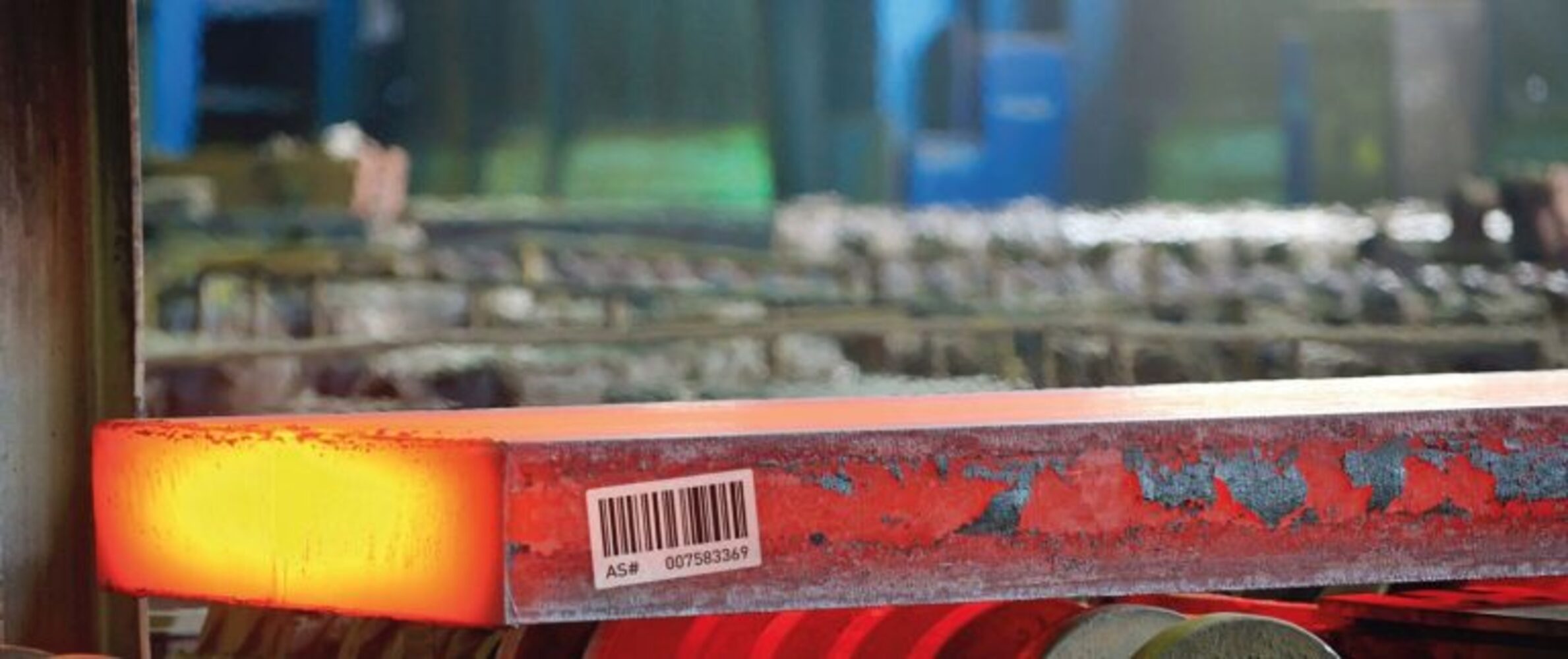
Heat-resistant labels are made from various materials, each with its own benefits and drawbacks. When deciding between heat-resistant label materials, it is crucial to consider how you plan to use this label, the specific application, the environment, and the temperature range.



